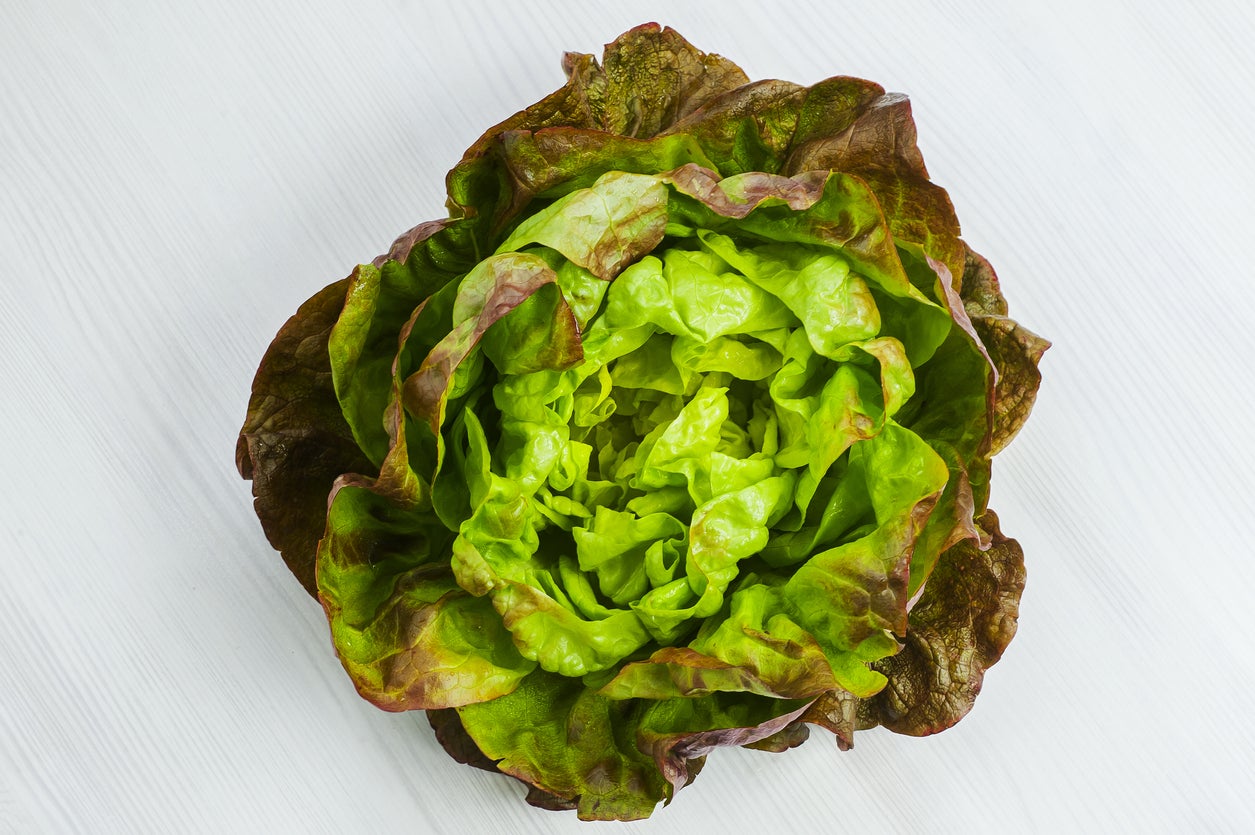Pirat Butterhead Lettuce – How To Plant Heirloom Pirat Lettuce Seeds


As a cool weather vegetable, spring or fall is a great time to grow lettuce. Butter lettuces are tasty, sweet, and tender, and also easy to grow. Consider the heirloom variety Pirat for your cool-season garden. It’s easy to grow with good disease resistance and matures quickly in just 50 days. You can grow Pirat to use the baby leaves and for the mature heads.
What is Pirat Butterhead Lettuce?
Butterhead, or butter, lettuces include varieties that form looser heads, that have a sweeter flavor with less bitterness, and that have a more delicate texture than other lettuce varieties. In the grocery store, you’ll see these lettuces labeled as butter lettuce, Boston lettuce, or Bibb lettuce, but there are many other types, including the Pirat variety. Pirat lettuce plants are heirlooms that originated in Germany, and they have a unique coloration. Most butter lettuces are bright green, but this type is often called Pirat butter lettuce because it has a red blush on the edges of the leaves. The flavor and texture of Pirat is superior. The leaves are tender and the flavor is sweet. As you thin plants, you can use leaves as baby greens, but the fully mature leaves are nearly as delicate and gently flavored ones.
Growing Pirat Lettuce
This is a great, easy lettuce to grow for home gardeners. As compared to other butter lettuces, Pirat has a lot of disease resistance; it will resist downy mildew, tipburn, sclerotinia, and bacterial rot. It also holds off on bolting longer than other types of lettuce. Pirat lettuce seeds are less expensive than transplants, and this is a vegetable that is easy to start from seed. You can start the seeds indoors in early spring or late summer and plant outdoors later or start them right in the beds. Thin the seedlings so that they are about 12 inches (30 cm.) apart for the best results. Water your lettuce regularly, and be ready to harvest baby leaves in about a month and mature heads after 50 days. You can harvest mature heads entirely or you can work your way through a head by removing leaves as needed. Enjoy fresh right away for the best taste and texture.
Gardening tips, videos, info and more delivered right to your inbox!
Sign up for the Gardening Know How newsletter today and receive a free copy of our e-book "How to Grow Delicious Tomatoes".

Mary Ellen Ellis has been gardening for over 20 years. With degrees in Chemistry and Biology, Mary Ellen's specialties are flowers, native plants, and herbs.
-
 How To Make A Bouquet Garni Or Herb Bundle For Cooking
How To Make A Bouquet Garni Or Herb Bundle For CookingIf you’re a great cook, you may have made an herb bundle before. If this is a new idea, learn how to add sparkle and interest to your dish with a bouquet garni.
By Amy Grant
-
 ‘Coral Charm’ Peony Care For Sublime Semi-Double Peonies With Lush Salmon Pink Flowers
‘Coral Charm’ Peony Care For Sublime Semi-Double Peonies With Lush Salmon Pink FlowersPeonies are known for their soft baby pink or magenta tones, but if plushy coral blooms are your thing, here’s our guide to the ultimate ‘Coral Charm’ peony care
By Tonya Barnett